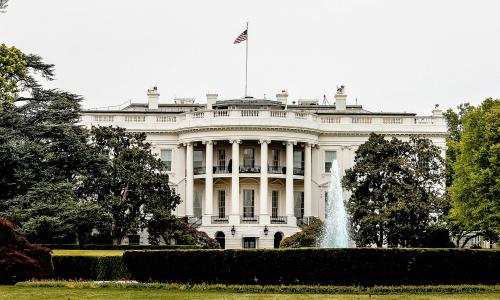Trade associations representing indoor tanning salon owners have repeatedly made misleading representations in their advertising and marketing, downplaying evidence of the link between tanning bed exposure and melanoma.
The American Suntanning Association (ASA) and the Indoor Tanning Association (ITA) are trade organizations representing the interests of indoor tanning manufacturers, suppliers, and salon owners. The product these trade organizations sell is artificial UV radiation. Calling itself a “science-first organization," the ASA website, TanningTruth.com, is purportedly designed to correct “misinformation” about the harmfulness of indoor sun tanning. One problem, though: The science doesn’t support ASA’s position.
The science is clear: indoor tanning increases the risk of skin cancer. (Or, as summed up by the headline of the Centers for Disease Control (CDC) website addressing the topic: “Indoor Tanning is Not Safe.”) The connection was strong enough to warrant the inclusion of a tanning tax in the Affordable Care Act. The Surgeon General issued a call to action to prevent skin cancer in 2014 which warned of the risks of indoor tanning. The International Agency for Research on Cancer (IARC) has “placed this type of UVR in its most dangerous cancer category for humans, alongside offenders such as radon, asbestos, cigarettes, plutonium, and solar UVR.” Incidence of one of the most dangerous types of skin cancer, melanoma, has been rising over the past 30 years, and people who started tanning before age 35 have an increased risk of developing melanoma.
Despite these clear scientific warnings, the tanning industry has repeatedly attempted to misrepresent the science on UV exposure. In 2010, the Federal Trade Commission (FTC) charged that the ITA made misleading representations in its advertising and marketing for indoor tanning, including the false claim that indoor tanning poses no risk to health, including no risk of skin cancer.
In March 2017, the FTC informed the ITA that they must take down language on their website inaccurately claiming that “indoor tanning [was] more responsible than outdoor tanning” and that “melanoma was not associated with UV exposure from tanning bed[s].” ITA claims that its failure to remove that language since 2010 was an oversight. But the indoor tanning industry trade associations are clearly still distributing misinformation, attempting to meddle with federal policy at the CDC and FDA, and lobbying for tanning tax relief.
According to the tanning industry’s January 2015 issue of Smart Tan, the ASA’s legal and lobbying teams succeeded in getting the Centers for Disease Control (CDC) to remove from its website claims of a 75% increase in melanoma risk from sunbed use. As the indoor tanning associations continue to perpetuate falsehoods about their products, both the ASA and the ITA opposed a proposed FDA rule that would restrict the sale, distribution, and use of indoor tanning beds to minors.




